How to Make Biomass Pellets from Crop Waste: Sustainable Energy Guide
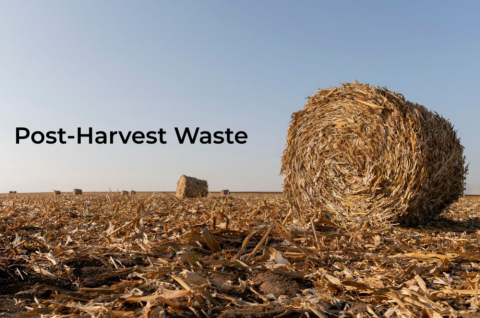
The global shift toward renewable energy has made biomass pellets a cornerstone of sustainable fuel production. Crop waste, such as rice husks, wheat straw, and corn stalks, offers an abundant and eco-friendly feedstock for pelletization. This guide explores the step-by-step process of converting agricultural residues into energy-dense biomass pellets using a biomass pellet machine, while addressing environmental benefits and practical considerations.
Why Biomass Pellets from Crop Waste?
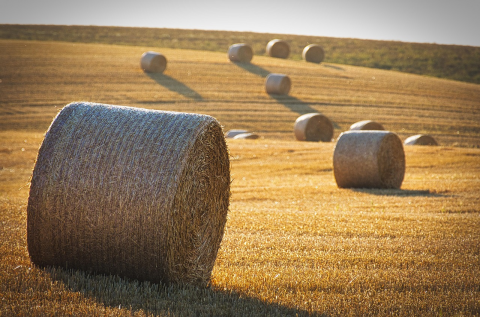
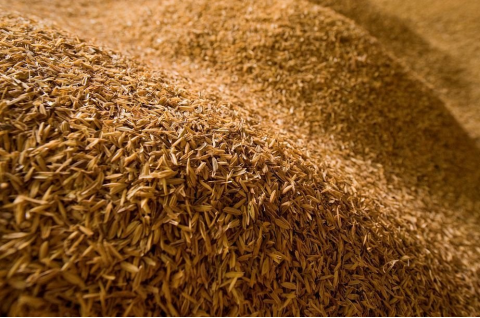
Crop waste, such as rice husks, corn stalks, and wheat straw, accounts for over 1.5 billion tons of global agricultural byproducts annually. Instead of burning or discarding these residues—practices that contribute to air pollution and resource waste—pelletization offers:
Carbon-neutral energy: Biomass pellets release only the CO₂ absorbed during plant growth, reducing greenhouse emissions by up to 90% compared to coal.
Economic value: Farmers can monetize waste materials, generating 50-150 per ton of pellets.
Waste reduction: Diverts millions of tons of crop residues from landfills or open-field burning.
Step-by-Step Guide to Biomass Pellet Production
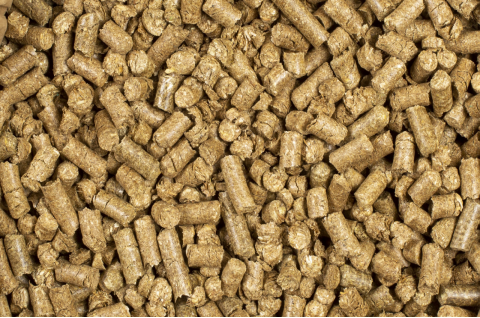
1. Raw Material Collection & Preparation
Collect crop waste like straw, husks, or stalks. Ensure moisture content is below 15% for optimal pelletization. Use a hammer mill to shred materials into 3-5 mm particles.
2. Drying
High moisture (>15%) causes poor pellet binding. Employ rotary dryers or solar drying systems to reduce moisture to 8-12%.
3. Pelletizing with a Biomass Pellet Machine
This is the core stage. A biomass pellet machine compresses feedstock under high pressure (70-120 MPa) and temperature (90-120℃), breaking down lignin to bind particles. Key machine types include:
Flat-die pellet mills: Ideal for small-scale production (75-300 kg/h).
Ring-die pellet mills: Suited for industrial-scale output (1-10 tons/h).
4. Cooling & Packaging
Fresh pellets exit the machine at 70-90℃. Use a counterflow cooler to reduce temperature and moisture. Package pellets in sealed bags to prevent reabsorption of humidity.
Choosing the Right Biomass Pellet Machine
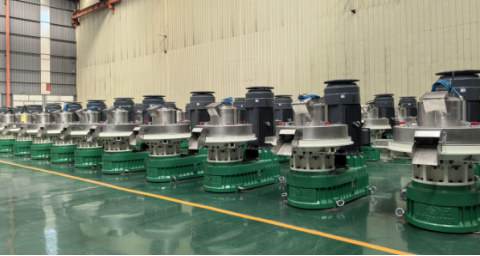
Selecting equipment depends on:
Capacity: Small-scale farms benefit from portable machines (200–300 kg/h), while factories require industrial models.
Durability: Opt for ISO/CE-certified machines with hardened steel rollers and dies.
Versatility: Advanced models process diverse materials, from sawdust to palm kernel shells.
Environmental & Economic Benefits
Emission reduction: Replacing coal with biomass pellets cuts CO₂ emissions by 85–90%.
Energy efficiency: Pellet combustion achieves 80–90% efficiency, outperforming raw biomass.
Cost savings: Farmers reduce waste disposal costs while generating 50–150/ton from pellet sales.
Challenges & Solutions
Feedstock variability: Calibrate the biomass pellet machine settings for different materials.
Dust control: Install cyclone separators during grinding and pelletizing.
Market access: Partner with bioenergy plants or export to EU markets, where pellet demand is rising 8% annually.
Spotlight: Shandong Bolida Machinery Co., Ltd.

A leader in pellet technology, Shandong Bolida Machinery Co., Ltd. specializes in durable, high-performance biomass pellet machines. Their products feature:
CE & ISO certification, ensuring compliance with global standards.
Customizable designs for diverse feedstocks, from rice husks to bamboo.
24/7 technical support and energy-efficient solutions.
With a client base spanning 30+ countries, Bolida empowers farmers and enterprises to harness crop waste sustainably.
Shandong Bolida Machinery Co., Ltd., established in March 2017, is located in the West side of Dazhan Community in Mingshui Street, Zhangqiu District, Jinan City, Shandong Province with superior geographical location and convenient transportation.
View MoreCopyright © Shandong Bolida Machinery Co., Ltd., All Rights Reserved | Sitemap | Powered by 

